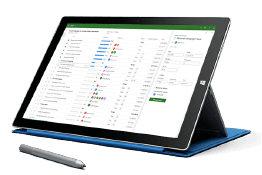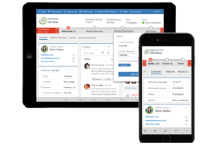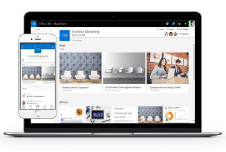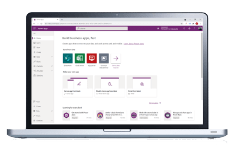Microsoft Project filters work on Task and Resource views by filtering out rows based on specified criteria. The Microsoft Project views will therefore display only the data in which you're interested. Using a filter with Microsoft Project does not change any of the data in the MS Project schedule. It merely changes what information from the project plan is displayed.
Different types of view may have filters created for them, such as a Gantt Chart view, task views, and resource views.
Download a pdf with popular filter formulas here.
AutoFilters and Built-In Filters
AutoFilters can be used in MS Project views, like in Microsoft Excel. However, the real power is from the built-in. And if the built-in filters do not meet your needs, you can create custom filters.
Highlighting
A similar feature filters is highlighting. If you recall, filters hide data, whereas highlighting merely highlights the information that meets your criteria in yellow. Other than that, the features are extremely similar.
I personally enjoy using the highlight feature. It is helpful in many scenarios. Having the entire project management schedule in view allows me to see the entire context.
If you want to view Microsoft Project Milestones or Microsoft Project Critical Path, use highlighting. This will keep the entire schedule present and emphasize the Milestones or the Critical Path.
Using a filter to highlight milestones is quite often helpful in realizing when to add a milestone. For instance, to denote completion of a deliverable. Create a milestone to show completion of a major event or deliverable.
Alternatively, if you want to see a task on the critical path, it's sometimes helpful to use a filter to remove the excess noise. Then you can easily see the Microsoft Project view critical path.
Note that your custom filters will not appear in the custom filter section if the view does not support them. Creating a filter using predecessor on a Task Usage view will not be visible on a Resource Usage view. The Predecessor is not available on the latter view. Generally you will need to create specific filters for different types of view.
How to create a filter or highlight
- Display the view you want to filter or highlight.
- On the View tab, in the Data group, click the Filter arrow and then click More Filters to open the More Filters
- Click the New button to create a new filter from scratch.
- Provide a name for your filter
- Enter the filter criteria you want to use. If you want the filter to display the summary task rows of the tasks that the filter will display, check the Show related summary rows checkbox.
- Click Save.















